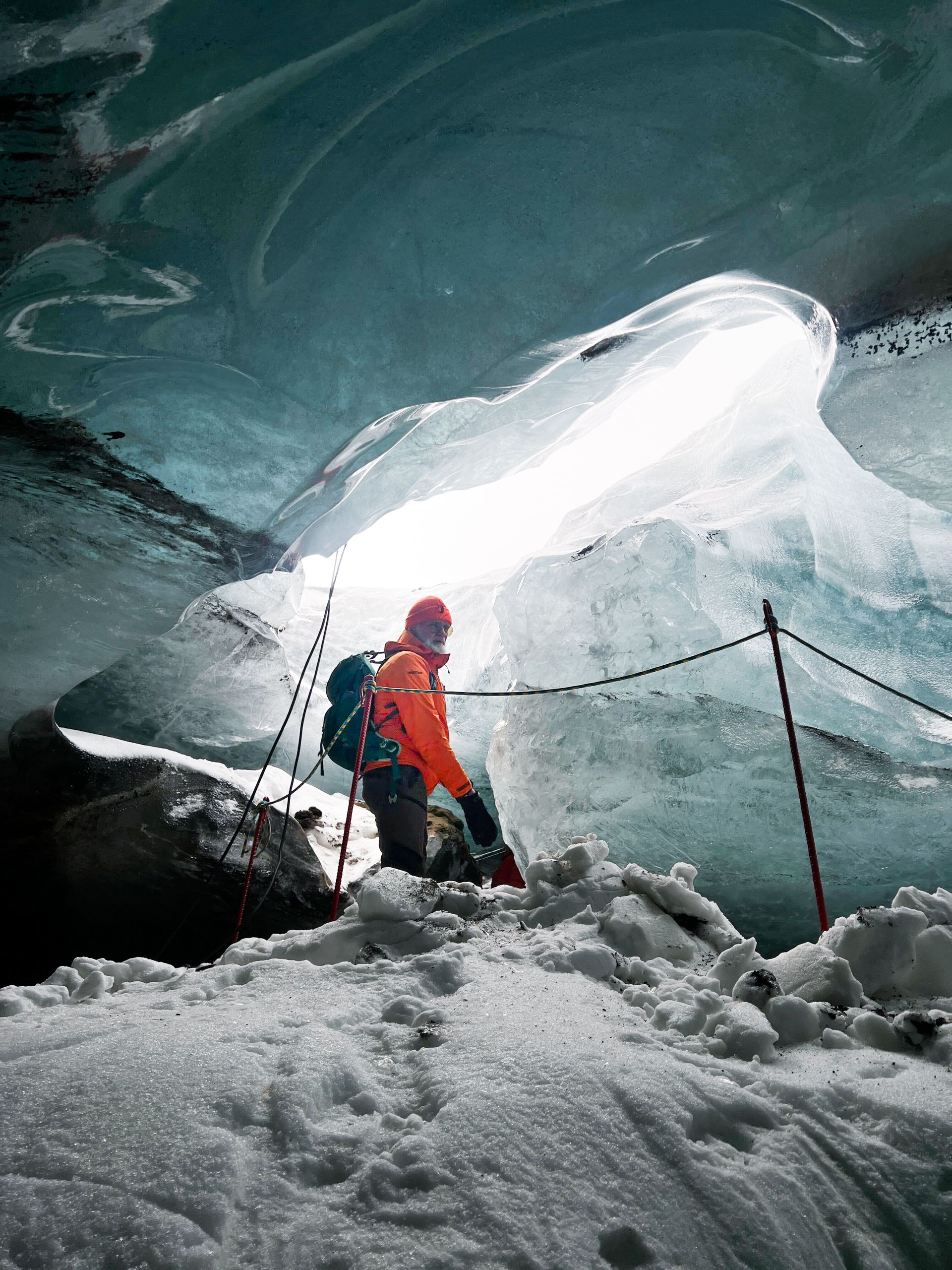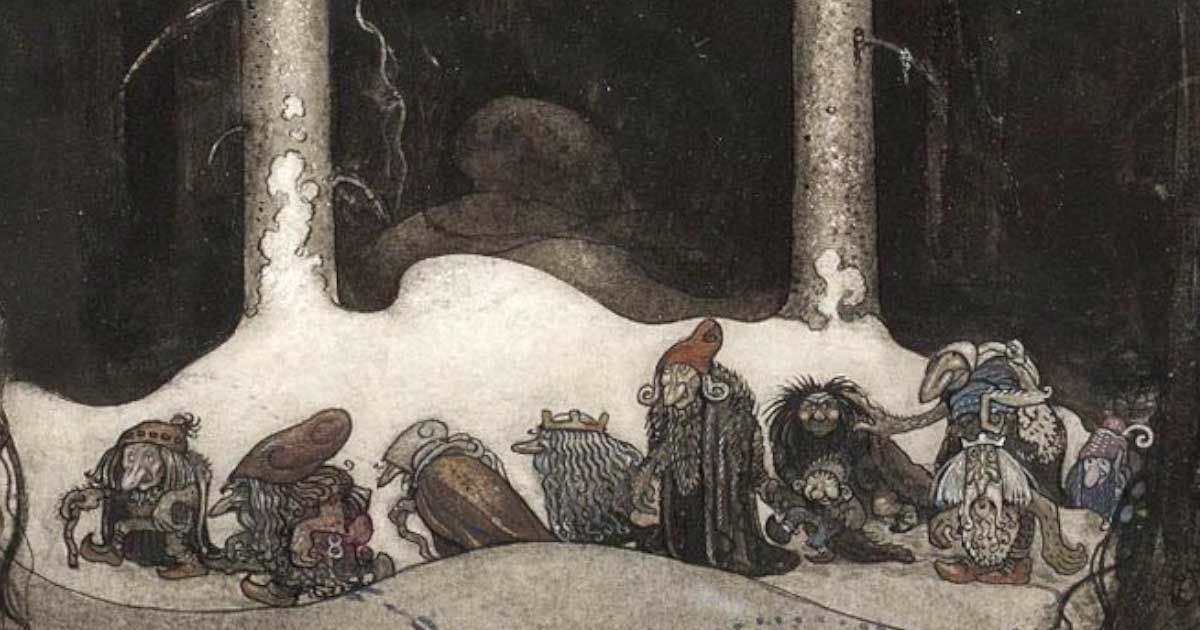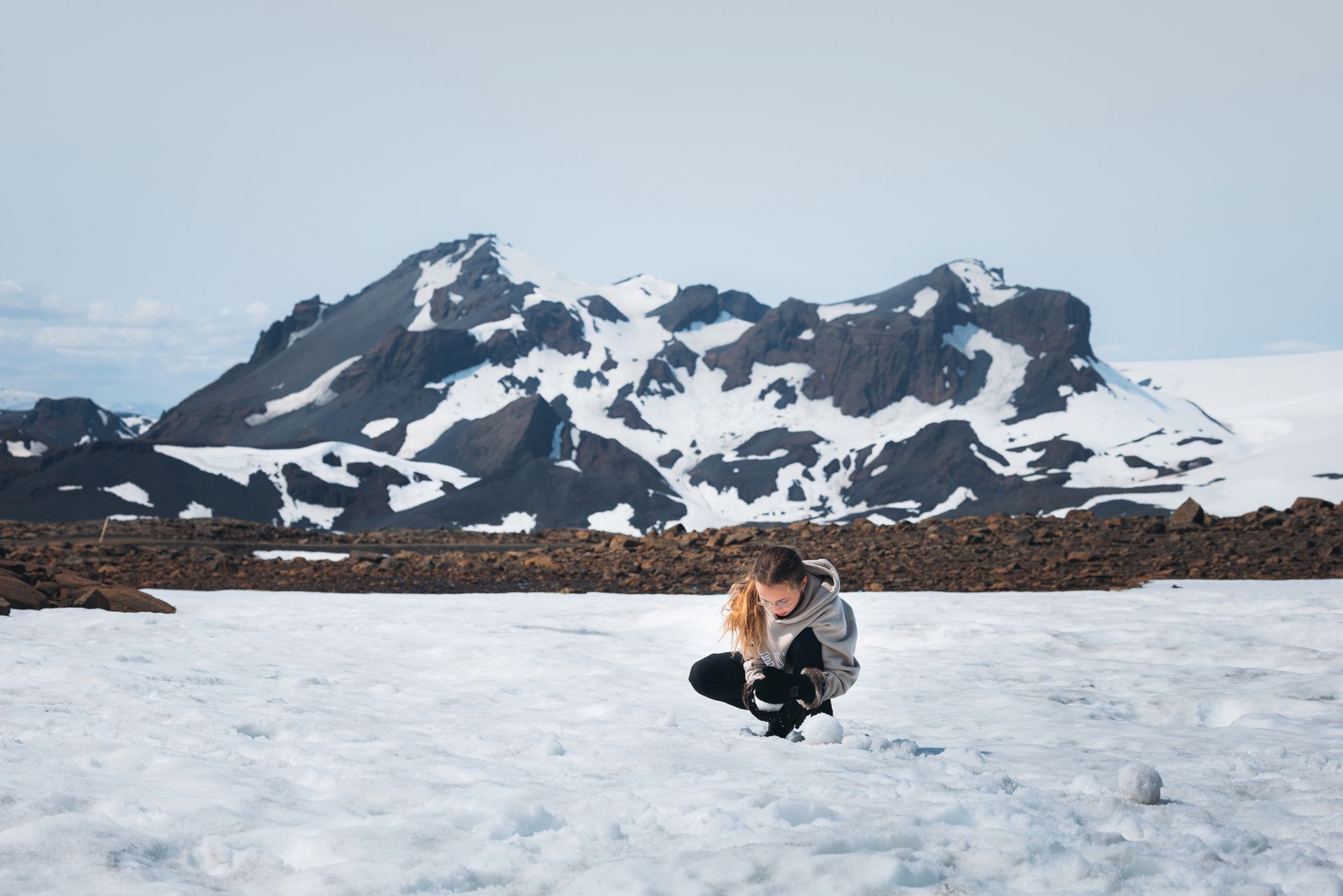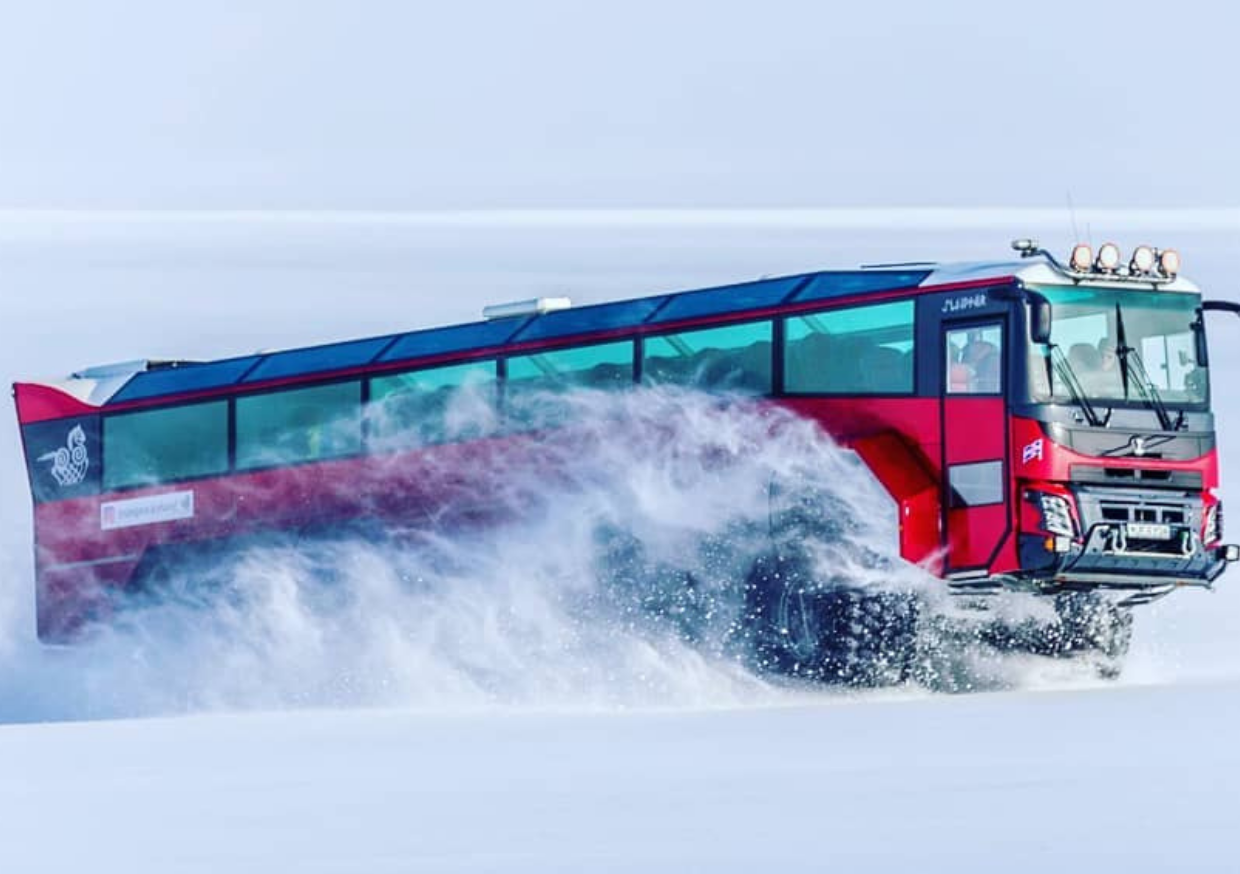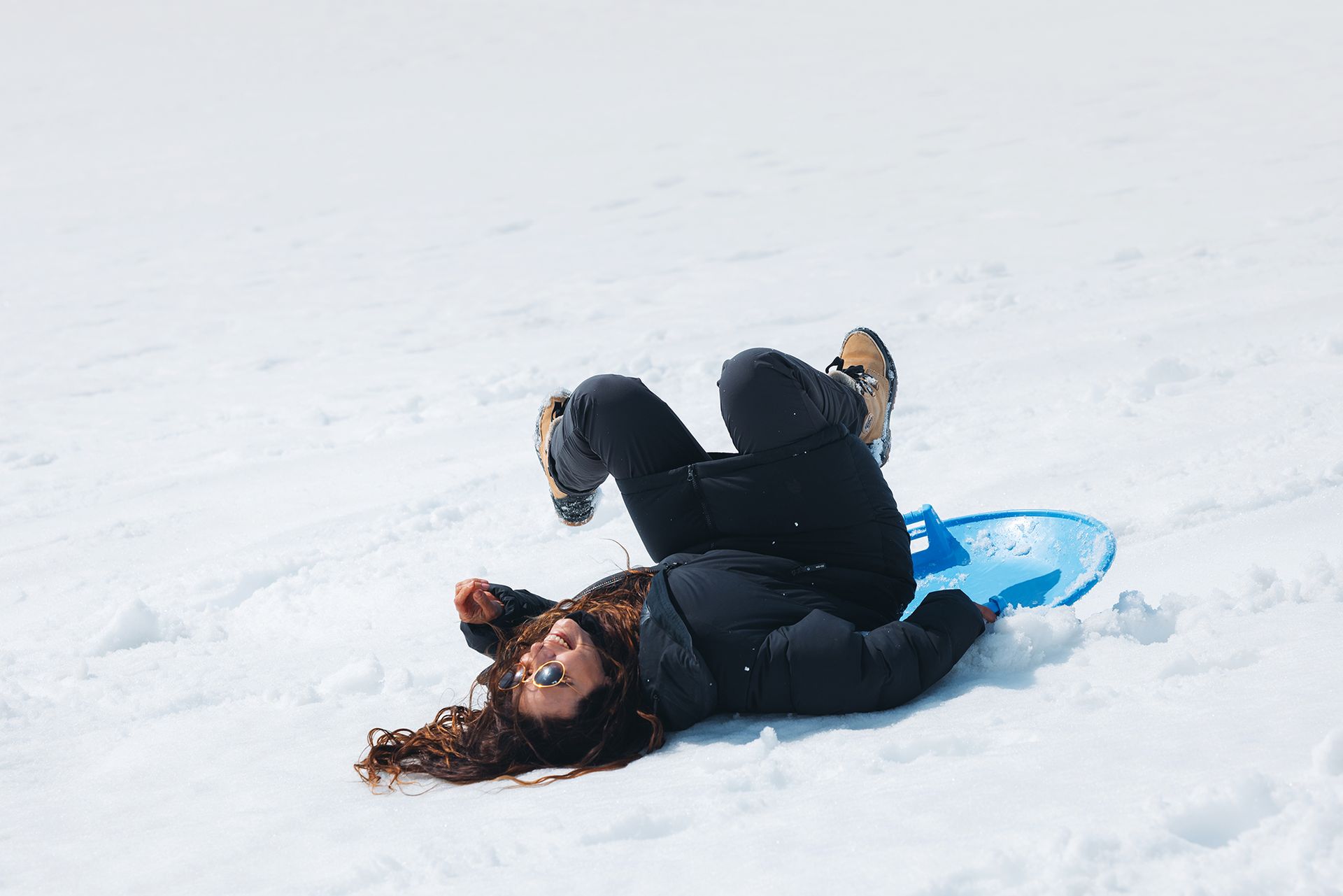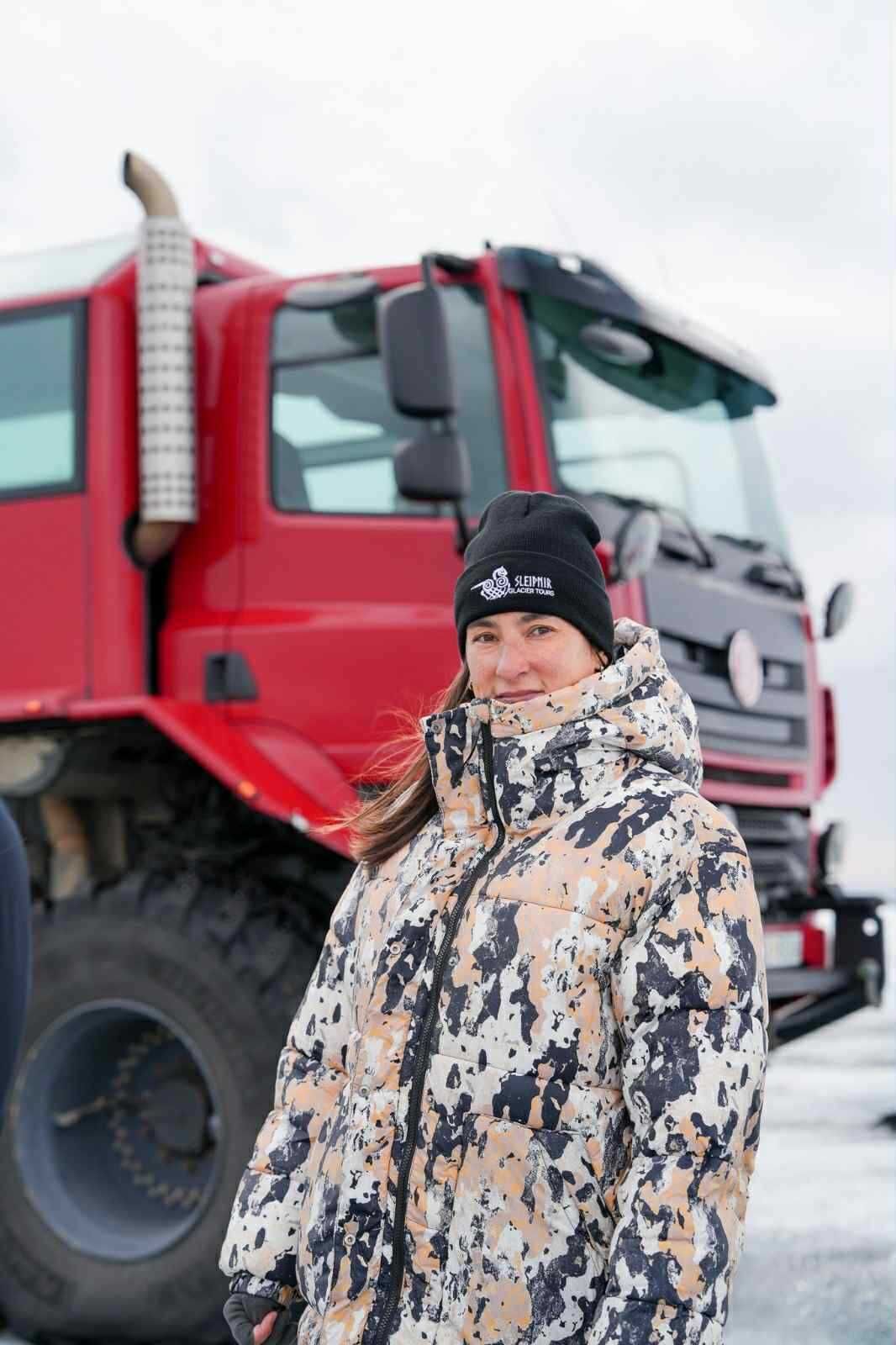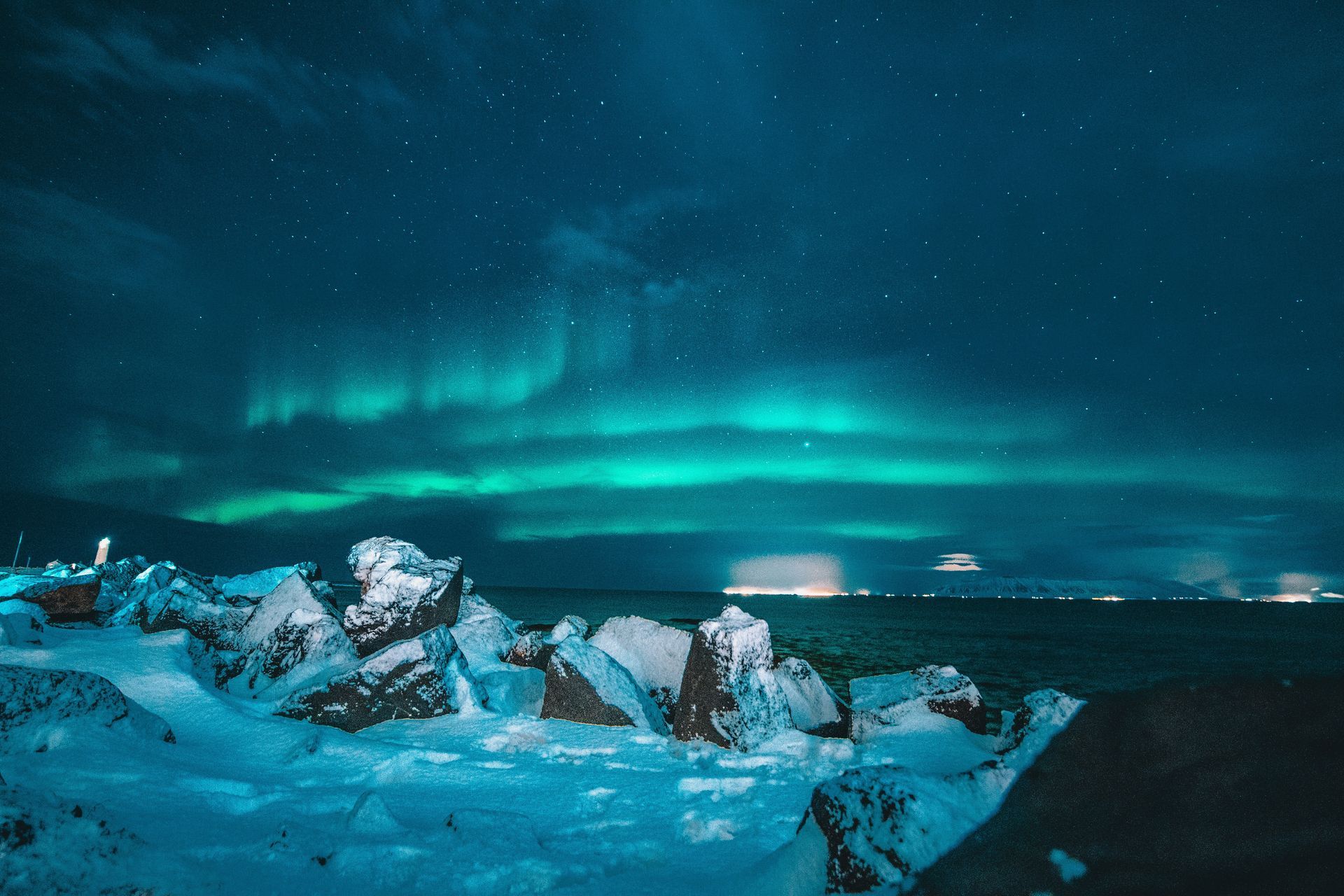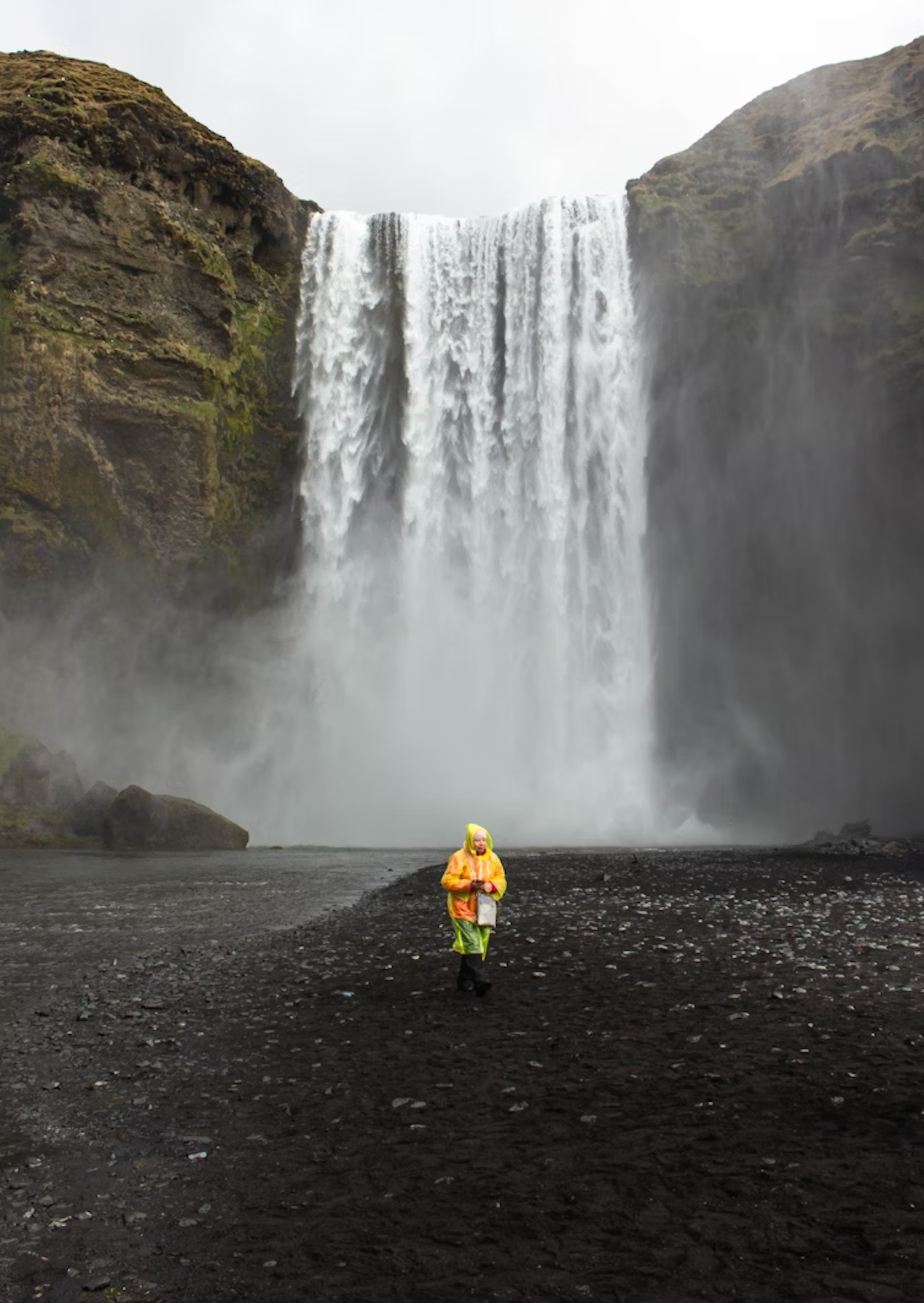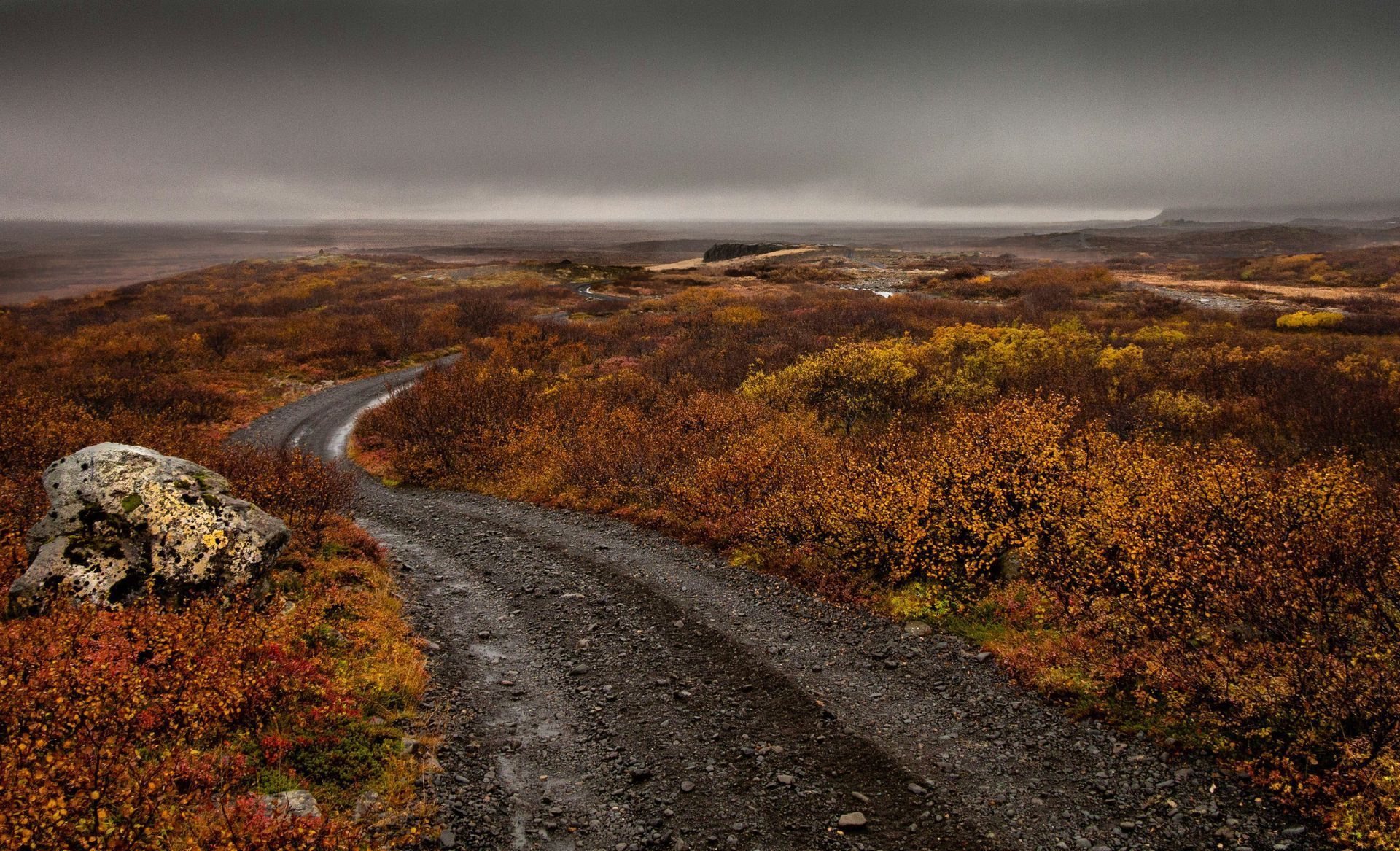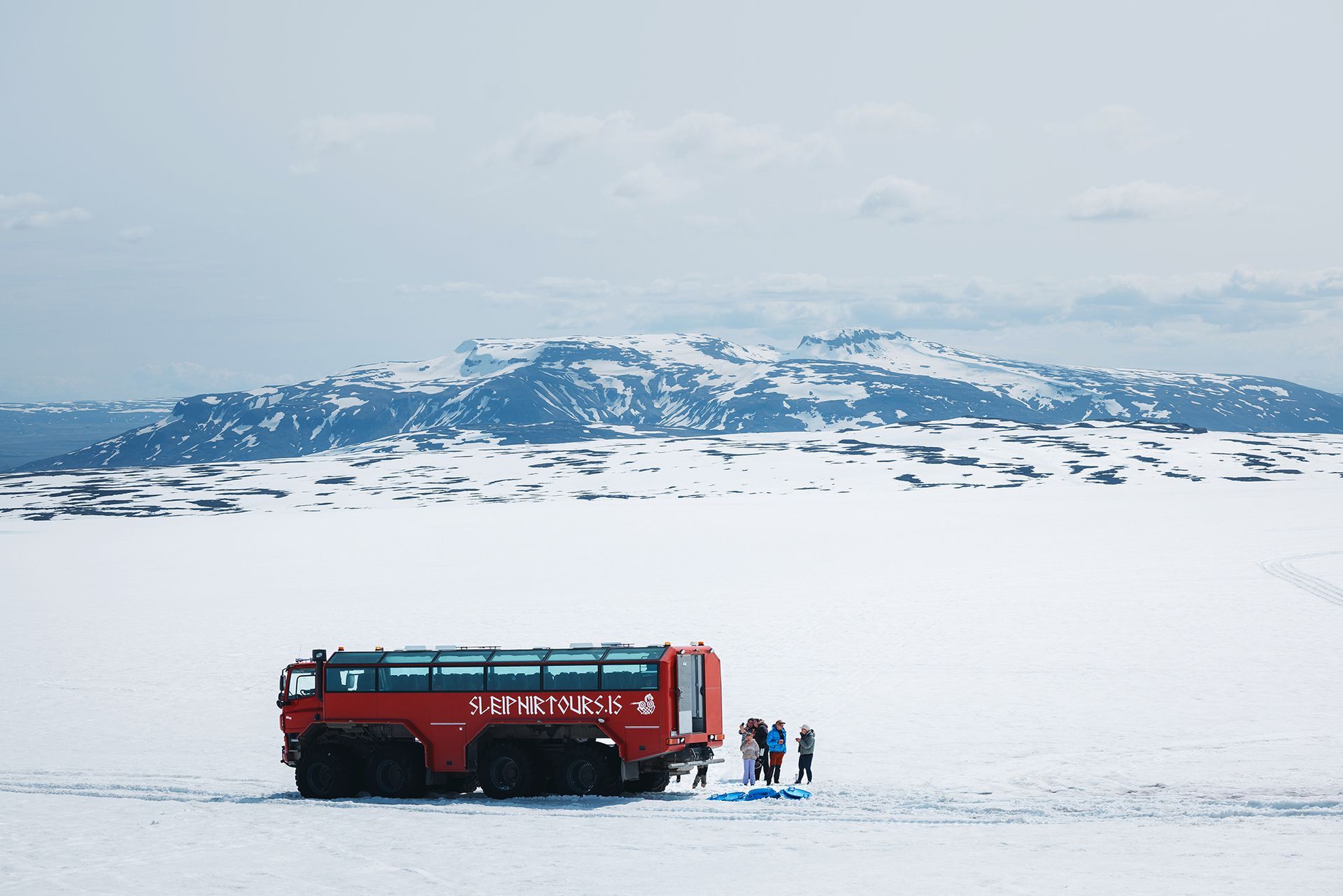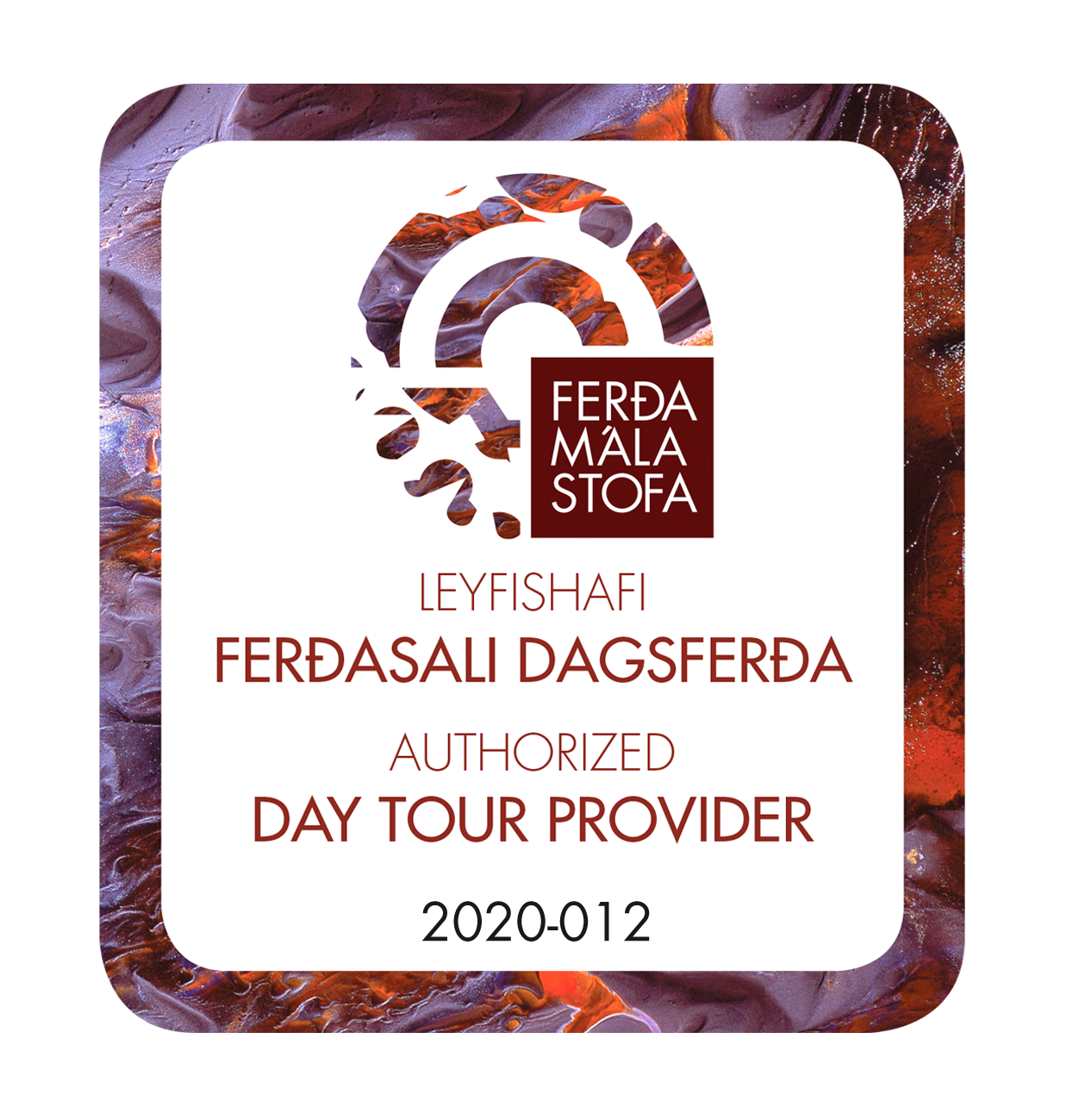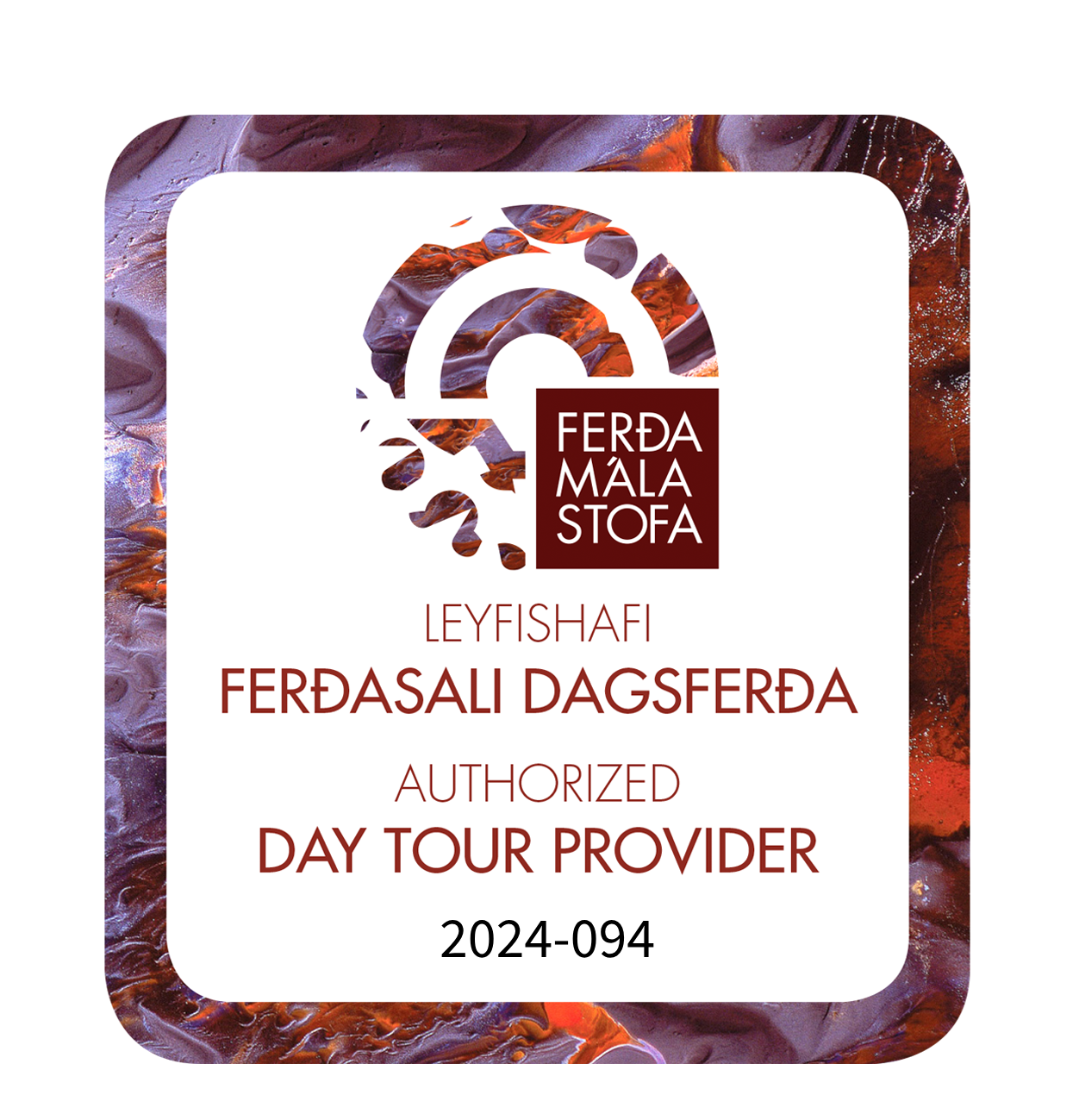Fun facts about summer in Iceland!
Fun Facts About Summer in Iceland – Midnight Sun, Sheep Traffic & Secret Pools
One thing’s for sure: we Icelanders are obsessed with our summers.
When most people think of Iceland, they picture snowstorms, northern lights, and frozen waterfalls. But summer? That’s a whole different story. Picture endless daylight, sheep traffic jams, secret hot pots in the middle of nowhere, and the occasional surprise snowstorm (yes, even in July).
We love summer so much that locals often joke anyone who leaves Iceland during this time must be out of their minds. In fact, it’s not unheard of for businesses to randomly close on a sunny day with a note that simply says: “Gone because of the sun!”
So, if you're planning a trip to Iceland during this magical season, here are a few fun facts to impress your travel buddies—and maybe even earn some local street cred.
The Sun Barely Sets (and You Might Forget to Sleep)
From mid-May to late July, Iceland experiences midnight sun, meaning it never really gets dark. In the peak of summer, especially in the north, the sun just sort of rolls along the horizon before popping back up again. This magical phenomenon makes it easy to completely lose track of time—people go hiking at 1 AM, golfing at midnight, and still somehow manage to hit a hot dog stand on the way home. Bring an eye mask!!
Read more about the midnight sun and Summer solstice in Iceland here
Icelanders Go Ferðast – Road Trips Are Practically a National Sport
The Icelandic word "ferðast" means to travel—and in summer, everyone does. Locals pack up their tents, campers, and 4x4s and head out to explore their own backyard. Expect campsites to be full, Instagram to be flooded with waterfall photos, and the roads dotted with families pulling trailers, chasing sunshine, and chasing lambs off the road (more on that later).
Read more about roadtrips in Iceland here!
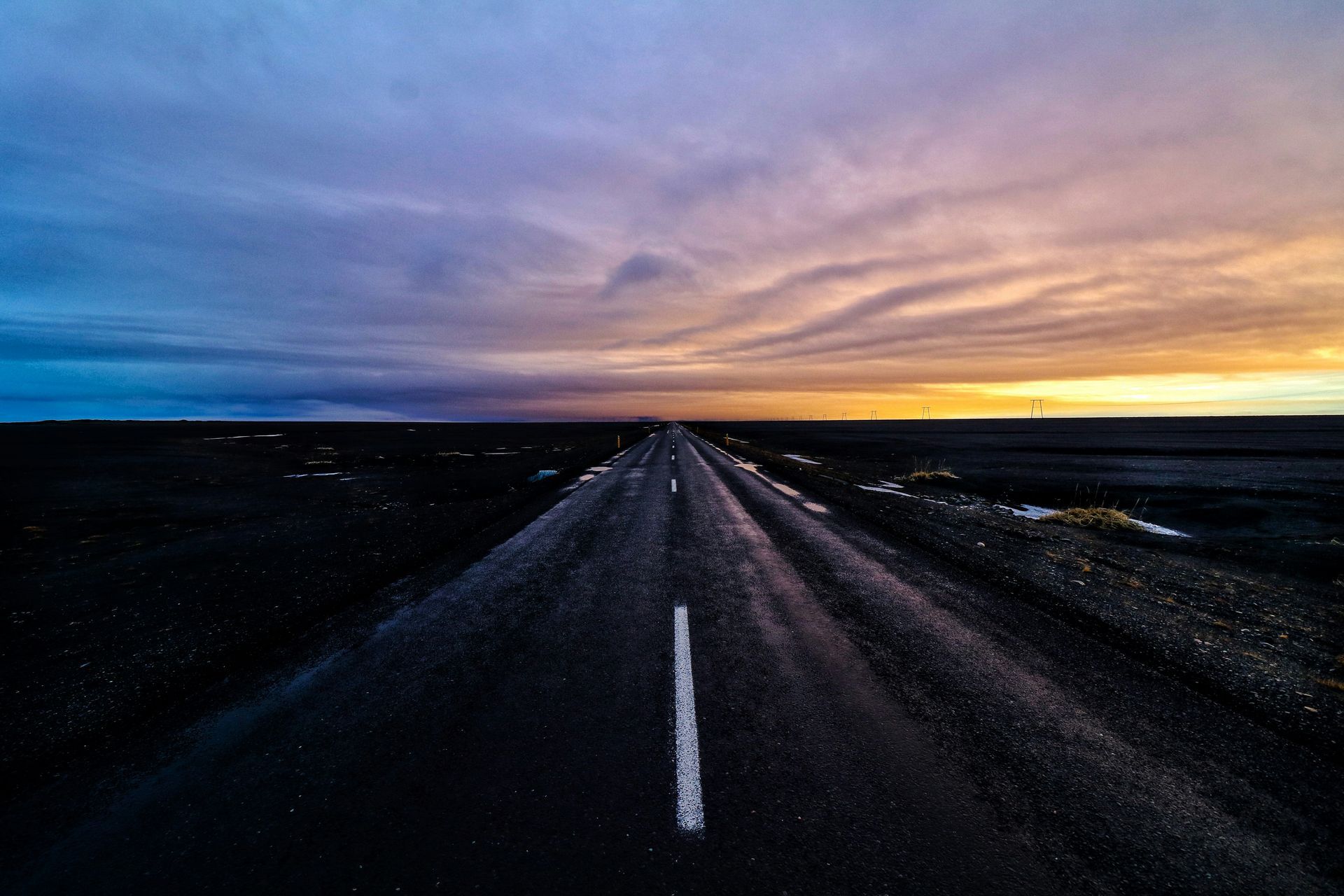
Sheep Traffic Is a Real Thing
Speaking of lambs: Iceland has more sheep than people, and in the summer, they’re set free into the countryside to roam wild and happy. This is adorable—until you're cruising through the Highlands and have to wait for three sheep to finish their family meeting in the middle of the road. It’s all part of the charm. Bonus fact: in the fall, farmers gather them back up in a massive event called réttir, and everyone joins in on horseback or foot.
You Can Experience Four Seasons in a Day
Don’t let the summer sun fool you—Icelandic weather is a wild card. You might start your day in a t-shirt, spend the afternoon in a raincoat, and need a wool hat by evening. Wind, rain, sun, fog, and even snow can all show up uninvited on the same day. The key is layers. Lots of them. And a good attitude. Icelanders have a saying: “Það er ekki til slæmt veður, bara slæmur fatnaður” — there's no such thing as bad weather, only bad clothing.
Read more about how to pack your bag to Iceland here.
Swimming Pools Are the Heart of Every Town
While the glaciers and volcanoes get most of the attention, Iceland’s local swimming pools are where the real magic happens. Every town, no matter how tiny, has a geothermal pool—usually outdoors, always heated. In summer, locals spend evenings soaking in hot pots, catching up with friends, or just floating under the bright sky. Some of the best pools are tucked into remote places, like Seljavallalaug near Eyjafjallajökull or Hofsós overlooking a fjord.
Read our guide to our favourite pools in Reykjavik here.
Berry Picking Season Is a Sweet Surprise
Come late July and August, Icelanders head out to gather wild berries—blueberries, crowberries, and bilberries—that grow freely across lava fields and mossy hills. No fences, no fees, just bring a bucket (and maybe a friend to help you find the best spots). It's one of those quiet Icelandic joys that tourists often miss. And yes, there’s a good chance you’ll eat more than you pick.
Glaciers? Still Here in Summer (And Totally Worth Visiting)
Just because the sun is out doesn’t mean Iceland’s famous glaciers are off-limits. In fact, summer glacier tours are amazing. The weather is more stable, the visibility is often better, and the contrast of snow and summer light is surreal. You can explore vast ice fields, go snowmobiling, and even ride on top of a glacier in a super truck with companies like Sleipnir Tours—because why not drive across an actual glacier in a monster vehicle?
Book our Sleipnir tours here!
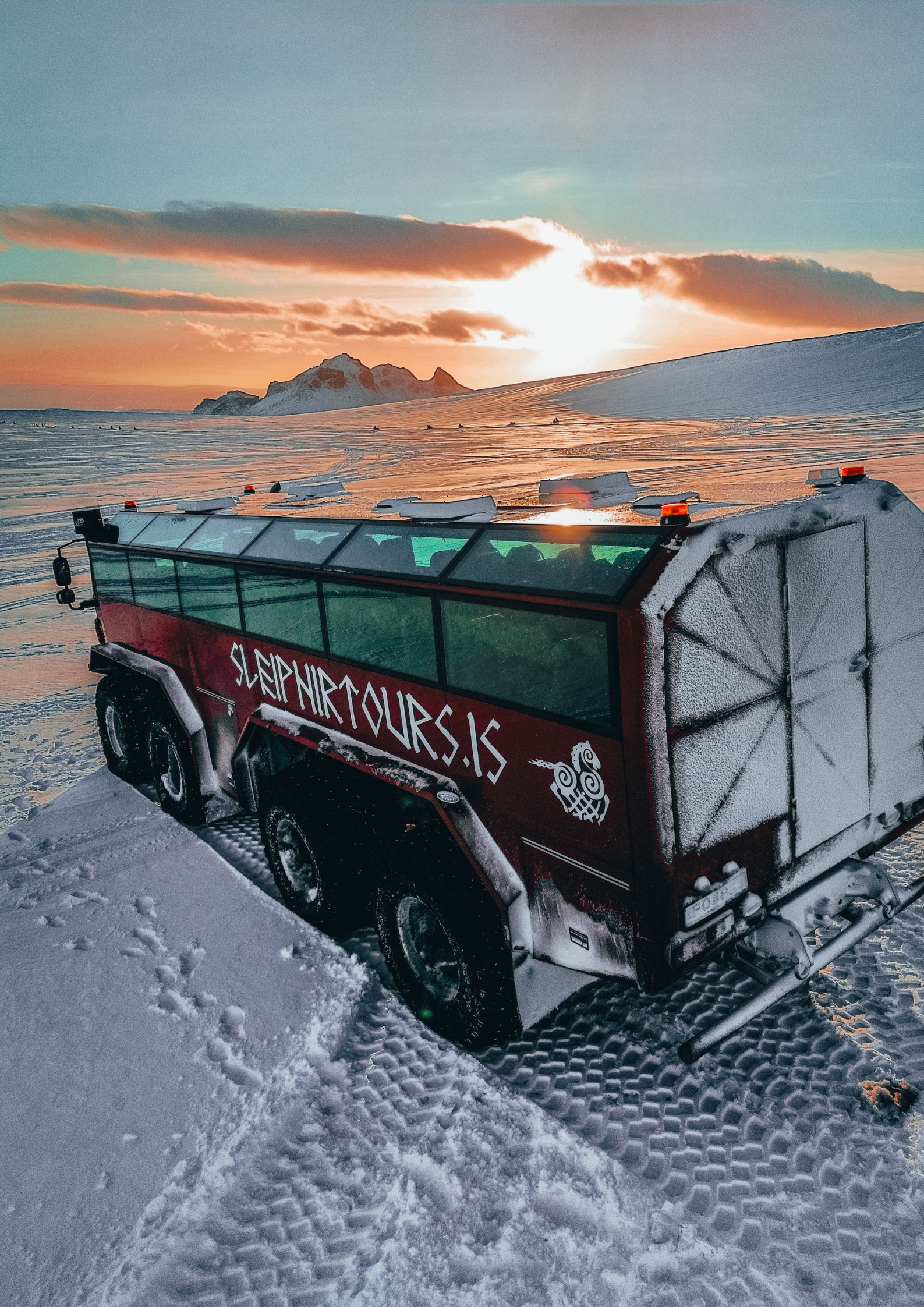
Icelanders Celebrate the Return of the Sun Like a Festival
The first day of summer is actually a public holiday in Iceland, called Sumardagurinn fyrsti, celebrated in April (yes, really). It’s usually cold, windy, and sometimes snowy—but that doesn’t stop people from buying ice cream, wearing shorts, and pretending it's 20°C. It’s more about hope than heat!
Ready for Icelandic Summer?
Summer in Iceland isn’t just a season—it’s a vibe. It’s endless light, spontaneous adventures, sweaters tied around waists, and cold beers in hot tubs. Whether you're here for the waterfalls, the glaciers, or just the quirky charm, one thing's for sure: you’ll never forget a summer spent in Iceland.
And if you're feeling adventurous, don’t forget to check out a glacier tour with Sleipnir.is – because walking (or driving!) on ice in the middle of July? That’s just peak Iceland.
Icelandic Folklore
New Paragraph
Share This Blog Post
